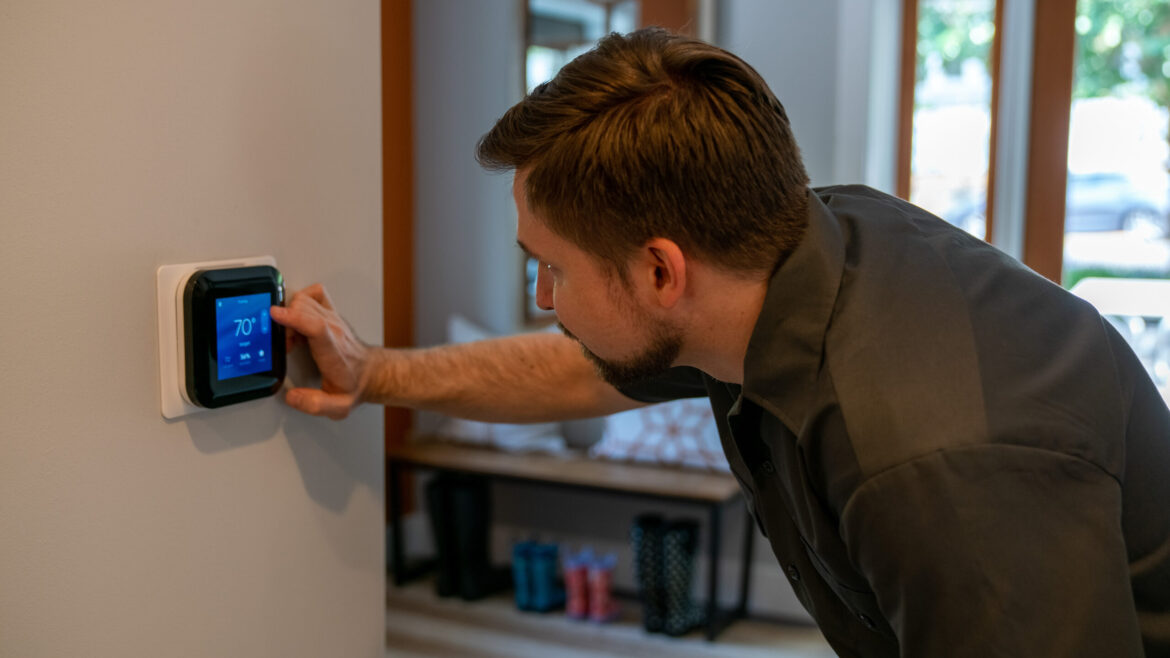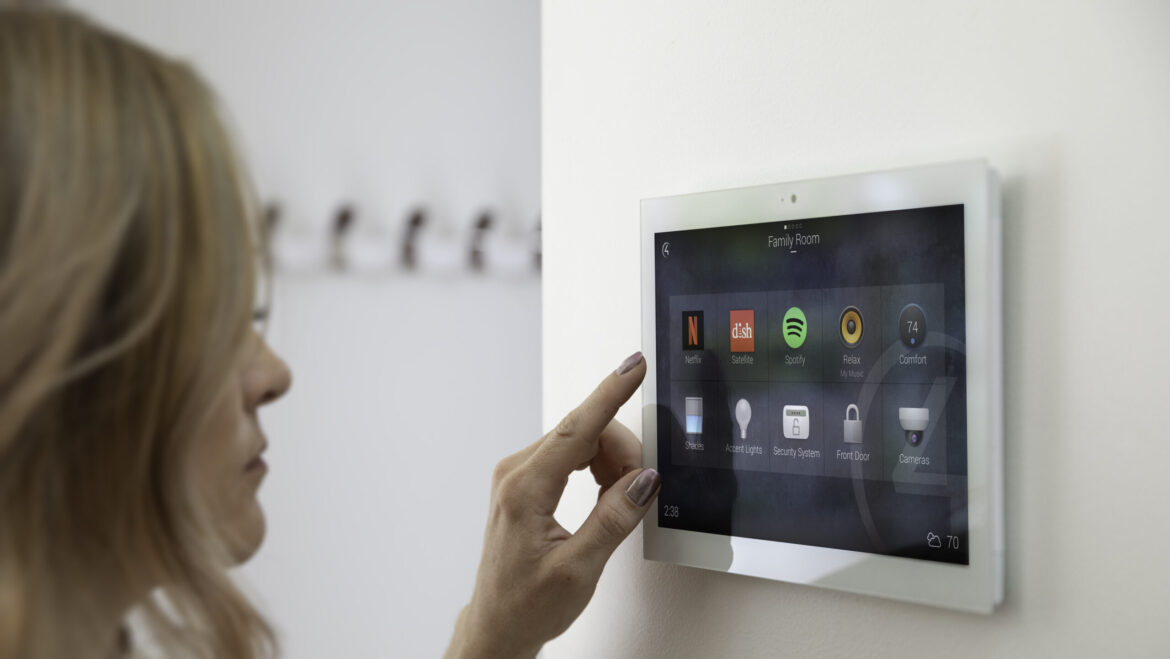A home network is a group of devices — such as computers, game systems, printers, and mobile devices — that connect to the internet and each other. Home networks connect in two ways:
- A wired network, which connects devices like printers and scanners with cables
- A wireless network, which connects devices like tablets and e-readers without cables
Wireless network — A group of devices (computers, game systems, e-readers, etc.) connected to each other and to the internet without cables, also called WiFi.
Modem — A device that connects routers or computers to the internet through a cable.
Router — A device that transmits a wireless signal and connects devices to each other and the internet through the modem.
WAP — A WAP is a device that allows you to connect wirelessly to a network, such as the internet or a local area network (LAN). It acts as a central hub for wireless communication and enables devices like smartphones, tablets, and laptops to access the network without the need for wired connections.
How does a WAP work?
When you connect a WAP to a network, it creates a wireless local area network (WLAN) by broadcasting a wireless signal. This signal can be picked up by compatible devices within its range. When you want to connect to the network, you simply need to select the appropriate wireless network name service set identifier (SSID) and enter the password (if required). The WAP then acts as a bridge between the wireless devices and the wired network, allowing data to flow between them.
What are the benefits of using a WAP?
Using WAP offers several benefits. Firstly, it eliminates the need for physical cables, providing greater flexibility and mobility. You can connect to the network from anywhere within WAP’s coverage area. Secondly, it simplifies network setup, as you do not have to run Ethernet cables to every device. Additionally, WAPs support multiple devices simultaneously, allowing multiple users to connect to the network at the same time.





